The Sidewalks of 10th Ave S Cranbrook
There’s some interesting sidewalk tiles underfoot in this British Columbia community. If you know where to look that is. They pay homage to various classes of Canadian Pacific Railway locomotives and are located on 10th Ave S Cranbrook, in downtown. From what we know they were placed fairly recently and easily missed if you only have a forward stare. Included in the mix are examples of both steam and diesel in use over a wide range of eras.
It’d be safe to assume that at least some of each class of engine passed through the community. The CPR has always had a important presence in town, even if somewhat lessened today and Cranbrook sits along the CPR’s Crowsnest Line through southeastern BC. The route acts a conduit for freight headed to and from the US, and also serves the huge metal-smelter in Trail further west.
The Sidewalks of 10th Ave S Cranbrook: a little history at ground level. By Chris Doering & Connie Biggart (BIGDoer/Synd)
Be like Connie…
It’s a modestly busy line, but in the days of steam, and even into the diesel era, saw more action than today. In the past track ran all the way from the west coast to southwestern Alberta and with many side-branches. Over the years, less productive or costly to run sections were taken out of service and this severely lessened the CPR’s presence in the region. Today, it’s a shadow of what it once was. The CPR opened up the border regions of the province and now they’ve seemingly retreated.
We messaged the city office, but no one at work that day was completely sure when they were installed. Except they knew it was recently. The tiles don’t seem to make mention anywhere on the Interwebs, so it all points to them being recently installed. We browsed our own photos captured in 2018 of the former Armond Theatre and other historic buildings along this stretch of street and the tiles don’t appear in any shots where the sidewalk is in view. Unless we missed them completely, and for easily distracted us, that’s certainly possible.
Anyway, let’s chat a little about the locomotives seen…
1) ES44AC: The most modern one represented and if you catch a freight passing through Cranbrook, it’s possible one these beasts might be in the consist. The CPR acquired close to three hundred of these General Electric built “Evolution” series locomotives in the period 2005 to 2012. Along with the similar looking, slightly older and slightly more common AC440CW series, these make up the backbone of the CPR mainline roster.
You can see some ES44ACs at work in these posts: A Few Minutes in Pincher Station and Trainspotting – Field BC edition.
2) P1e: A class of “Mikado” steam locomotive and these regular visitors to the area. They pulled heavy mainline freights and passenger runs with equal ease. A product of the Montreal Locomotive Works, they date back to the early 1910s (when they were classed P1b) and numbered seventy five in total. Along with twenty similar P1d series locomotives (earlier P1a), many remained in serviced till very near the end of steam in the late 1950s.
3) CPA16-4: Coming from the Canadian Locomotive Company in Kingston Ontario, these were built under license form the Fairbanks-Morse company of the US. A “Consolidation” series locomotives, these were passenger engines and while small in number (16 in total, plus a dozen cabless B units) they remained quite common to the region from the the early 1950s to the mid-1970s.
You can see a CPA16-4 here and it’s one of two extant examples: Under Wraps.
4) G5b: A late model “Pacific” numbering thirty in total and one of just over one hundred G series locomotives built. These came right as World War Two was ending and built for a couple years after. The b subclass were from Montreal Locomotive Works and many remained in service right to the end of steam. While locomotives of this configuration were typically passenger power, these could handle freights in a pinch and did so often.
Incidentally, the CPR used to have a good sized steam locomotive servicing facility in Cranbrook and the local yard quite busy. Later diesels were serviced here as well, but that practice has ended and it’s all eerily quiet now. Freights are dispatched out of nearby Fort Steele now and the Cranbrook yard for the most part empty.
5) SW1200: This was a switcher produced by General Motors in both the US and Canada in the ’50s and ’60s. The CPR didn’t actually buy any of this model new and instead purchased a variation, the SW1200RS. More versatile, they were suitable for over the road work in addition to switching yards. Most GM Canada SW1200s were actually of the RS variant but visually they were not all that different from each other.
You can see a couple Canadian National SW1200RS’ at work here: Looking Down on Wayne Alberta.
6) SR2: A class of “Ten Wheeler” built in the late 1890s (at the company shops) and customized with a then novel compounding system. In simple terms, this setup allowed more efficient use of steam, but at the cost of complexity. Due to high running costs, these were later simplified (earning another class designation in the process) and mostly retired by the 1930s. A locomotive of this type was for light duty work and branch line runs.
7) GP9: Another product of General Motors (both US and Canada plants) and the most popular locomotive of the 1950s across North America. You can even find some in service today but only with smaller carriers and short lines. The CPR owned something close to two hundred, but only had a mild love affair compared to other railways. Still they roamed system wide and were quite common to southern BC in the old days. You could see them pulling heavy freights or locals.
We’ve known a couple: The Railway and Train Day at Aspen Crossing.
Locomotive classes: Each was built to similar, but not always the same exact specifications and had roughly the same capabilities. Sub-classes might represent different orders over time, or evolving changes to the design. In simple terms a locomotive from one class performed much like any other from the same class. Think: interchangeable with each other.
It looks like there’s seven different variations of tile (unless we missed some) and there’s several of each along both sides of the street. Why they’re only along one block of 10th Avenue South and apparently no where else in downtown, is curious. Tenth is a side street and and many blocks from the railway tracks. Tiles appear to be of metal.
Here we’ve turned simple evening walks into something to blab about. Just look down and you never know what you’ll see and we hope you enjoyed the ride as much as we did presenting it!
Know more (new window): Downtown Cranbrook BC.
They’re saying…
“Thank you so much for your fantastic articles and photos. Alberta and BC are dear to my heart. I could spend 24/7 here with you ! I especially love the before and after articles. Keep up the great work guys !! I was born and raised in Calgary in the 50’s so this history is my passion “ Joanne Winchester Honer.
In the area…
Tri-Way/Kootenay Country Inn Cranbrook.
CPR Water Tower Cranbrook BC.
Wandering Cranbrook.
If you wish more information on what’s seen here, don’t hesitate to: contact us!
Date of Adventure: Summer and Fall, 2022.
Location(s): Cranbrook, BC.
Article references and thanks: Canadian Trackside Guides, Constructed in Kingston by McQueen & Thompson and Steamlocomotive.com.
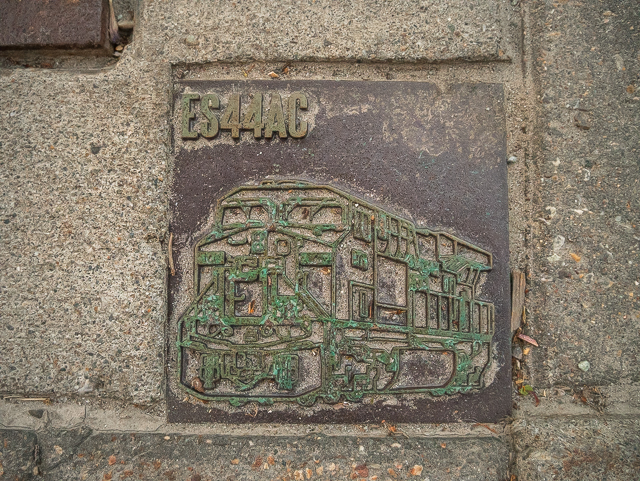
1) Locomotive tiles on 10th Ave S Cranbrook – showing something modern.
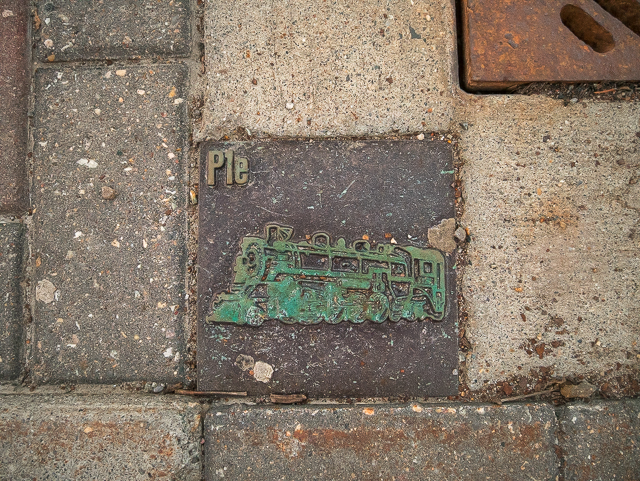
2) And something old.
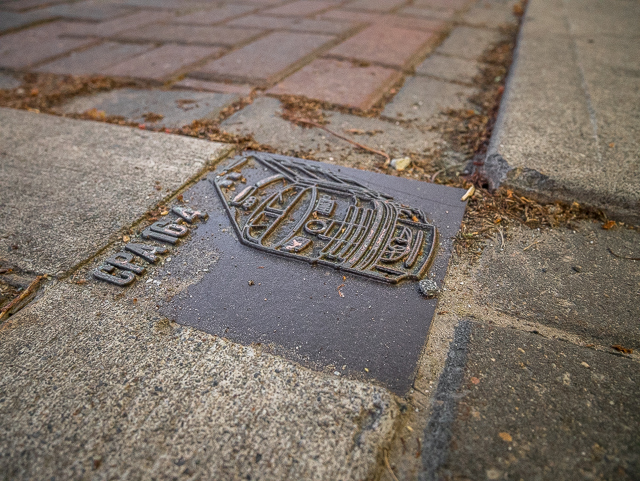
3) A diesel from the 1950s.
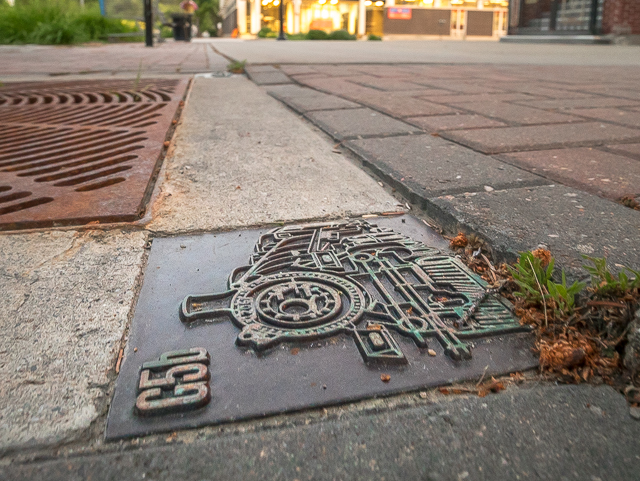
4) And a late model steamer from the ’40s.
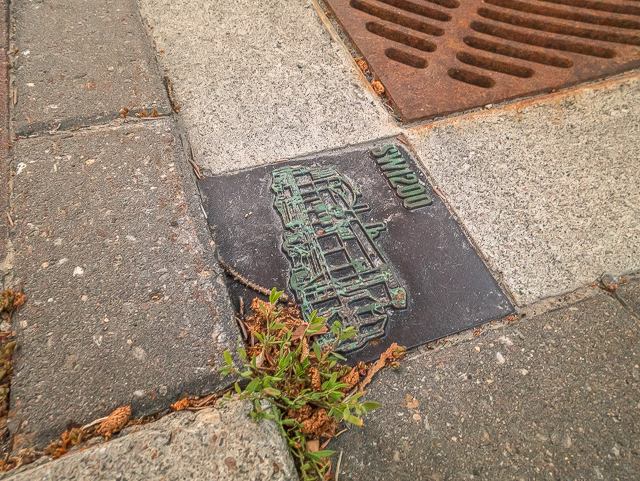
5) This small switcher.
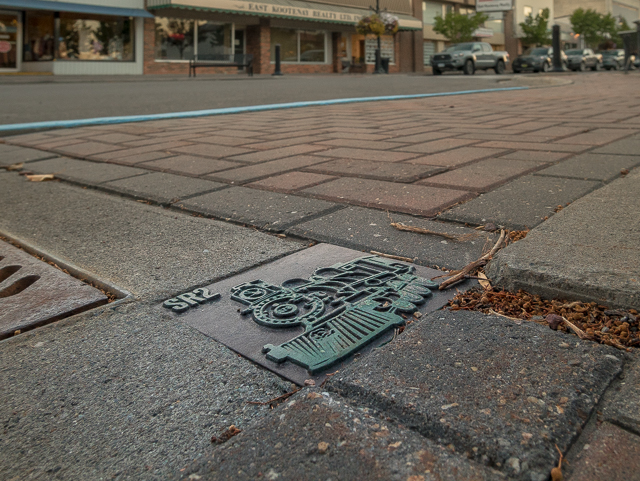
6) A real oldie on this tile.
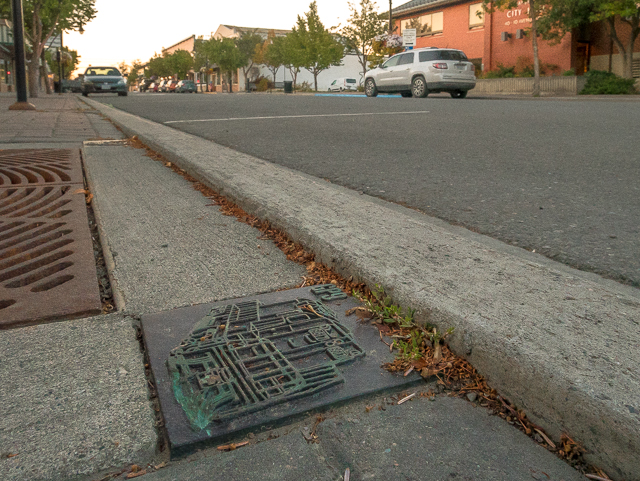
7) One of the most popular diesels ever on this one.

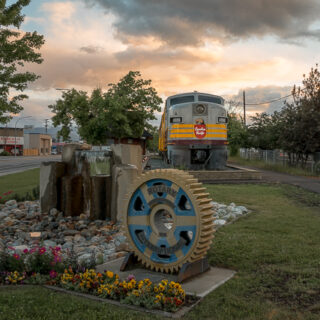
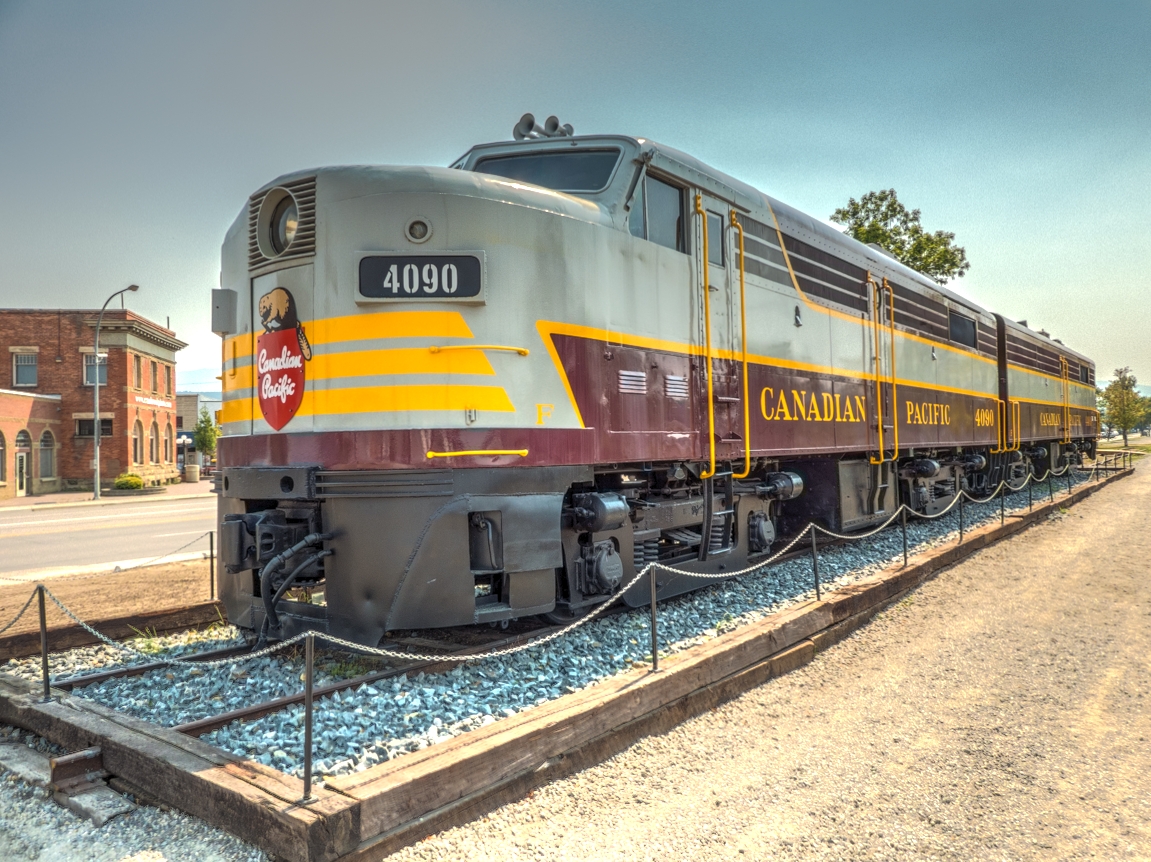
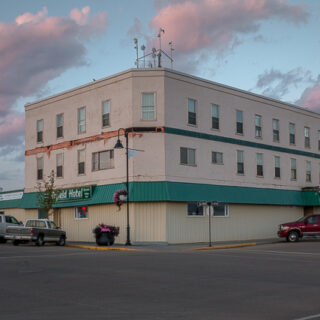
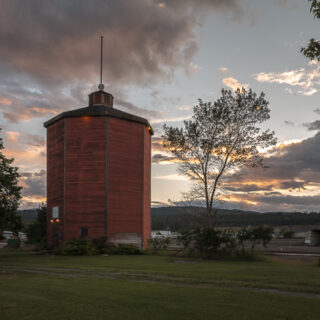
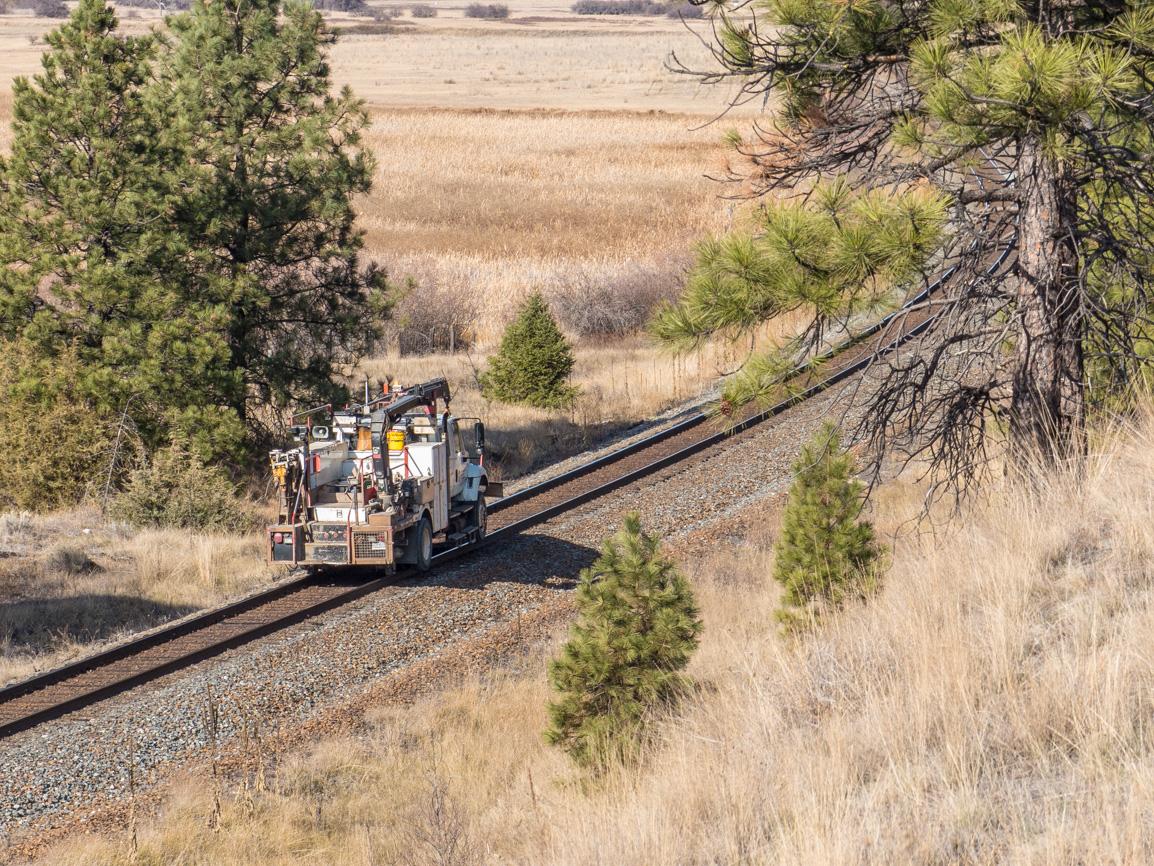
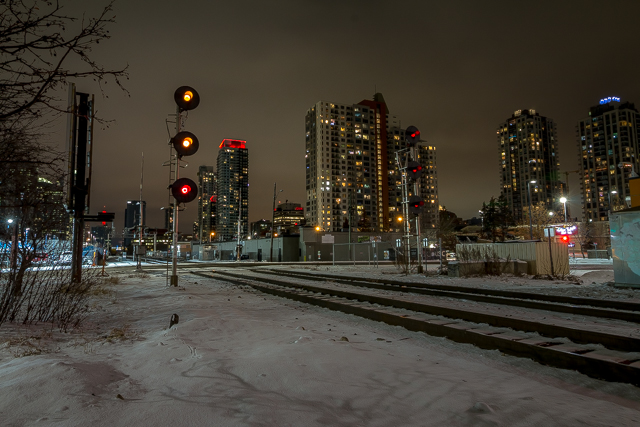
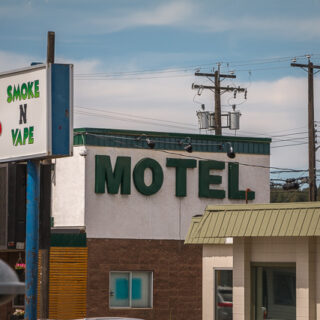
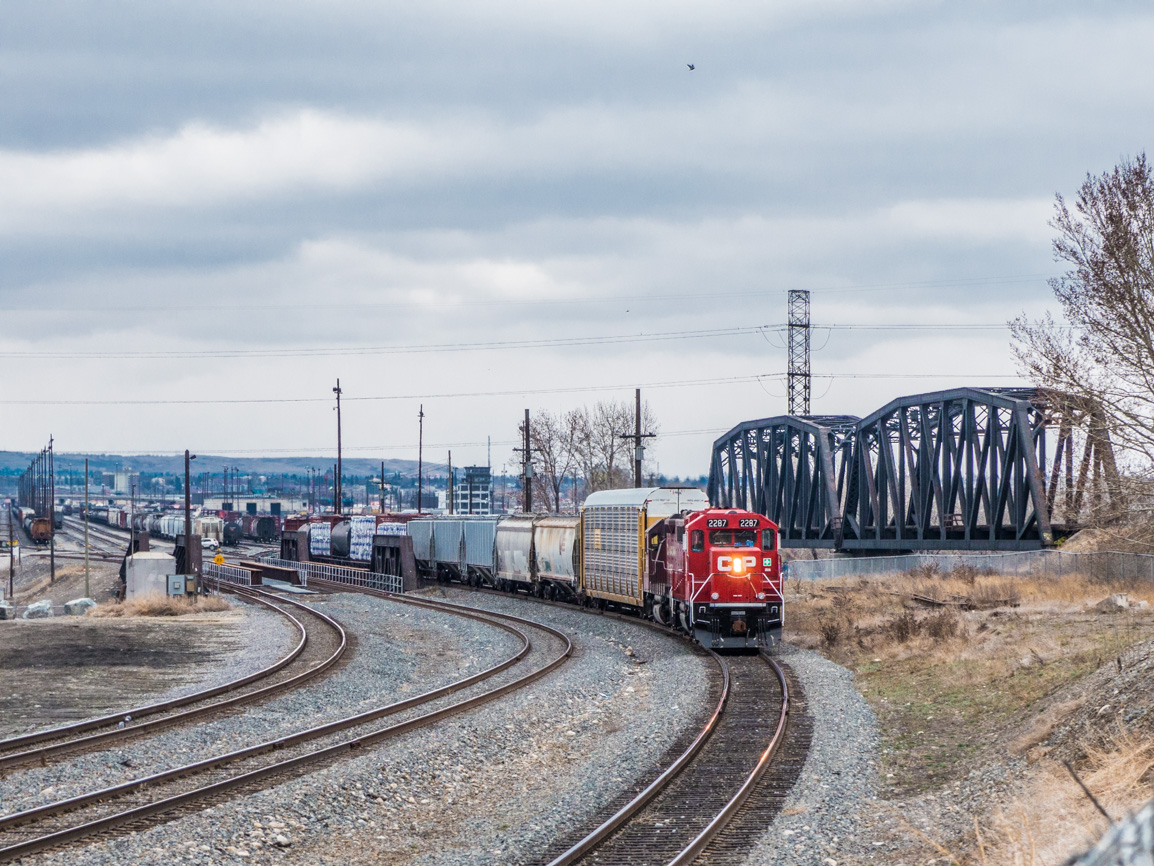
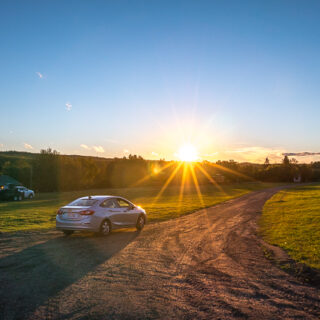
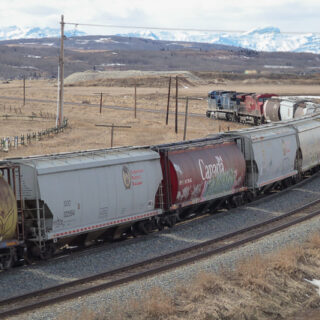
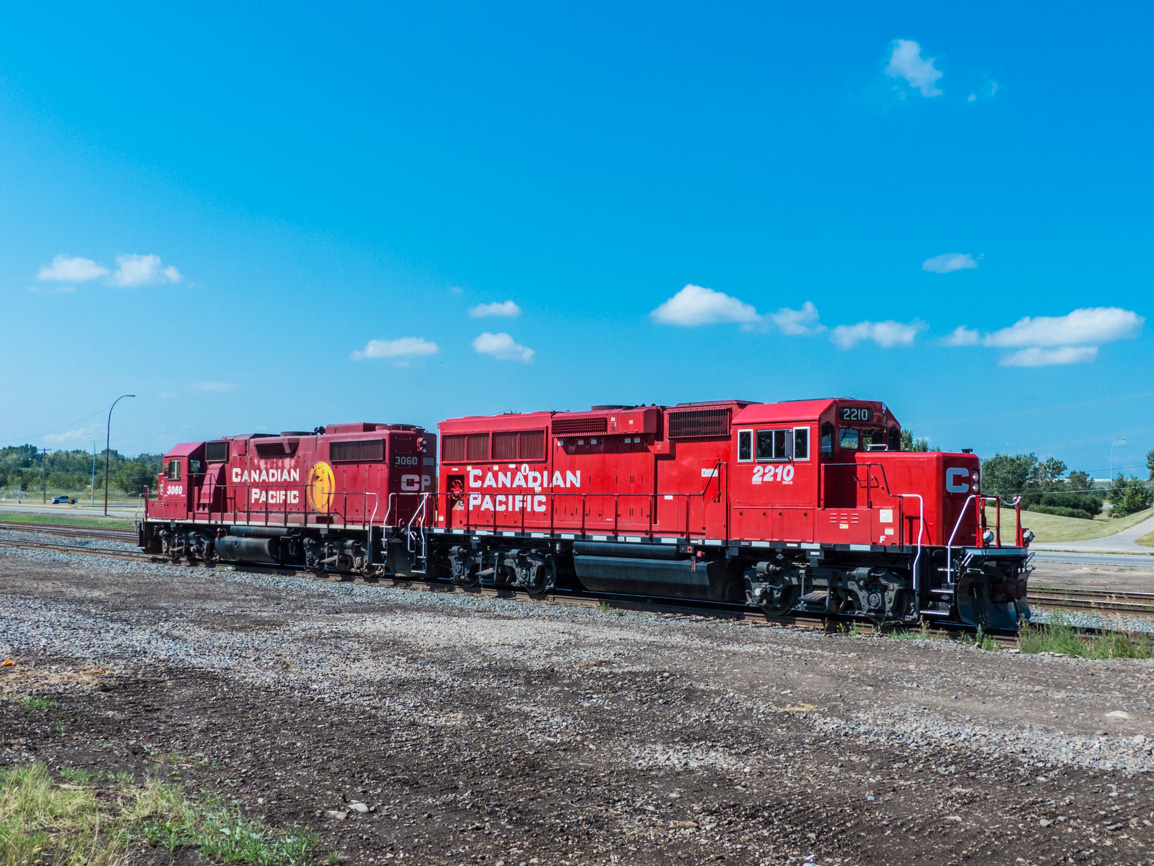
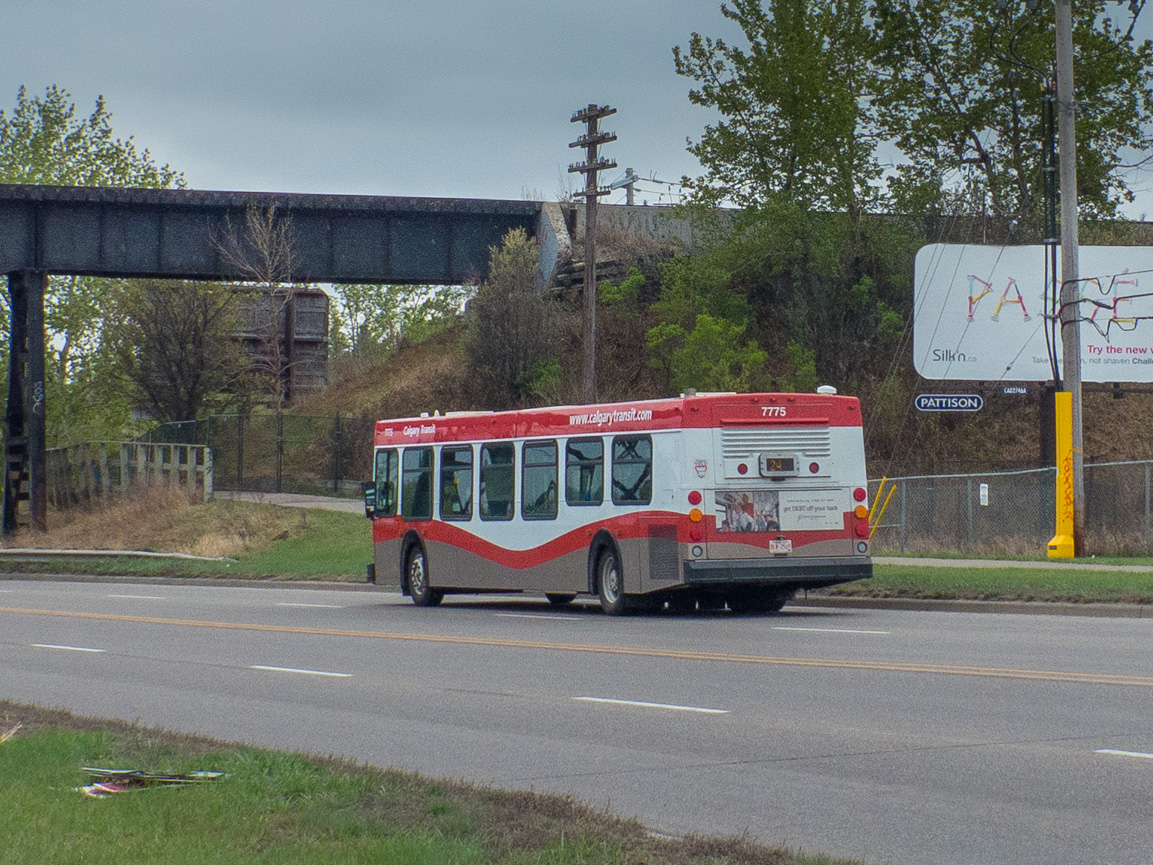







Neat! I have been to Cranbrook a few times but never noticed the tiles! Next time I am there I will have to get a picture or two of them
They must be fairly recent and I don’t recall them from a visit a couple years back. They only seem to be on this stretch of sidewalk and examples of each are repeated several times. I think we got all the different ones.